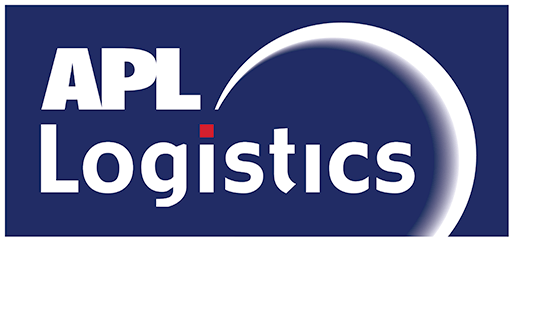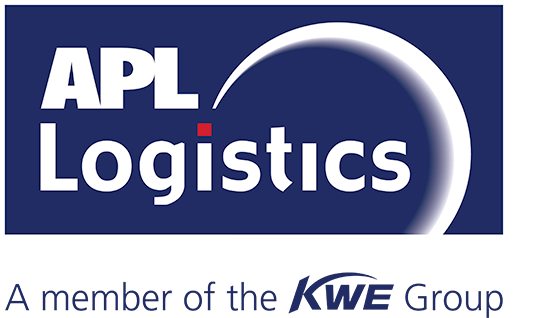September 13, 2023 in Articles
Supply Chain Integration
Practical Approaches to Achieving Carbon Neutrality Through End-to-End Supply Chain Integration
As concerns about climate change continue to grow, many companies are taking steps to reduce their environmental impact. One area where companies can have a positive effect on the environment is by achieving carbon neutrality through end-to-end supply chain integration, from producer all the way to consumer. By implementing sustainable practices at each stage of the supply chain, organizations are able to minimize emissions and contribute to a greener future, with the added bonus of meeting a rising consumer demand for sustainable brands.
Sustainable Sourcing and Material Selection
A typical pair of running shoes , equivalent to keeping a 100-watt light bulb on for one week By focusing on environmentally friendly sourcing practices, such as using organic or recycled materials, shoe brands can decrease their carbon footprint from the outset.
Consider progressive sneaker and clothing company Allbirds: they proactively encourage and leverage regenerative agriculture and wool sourcing techniques to sequester equivalent amounts of carbon emissions originating from their manufacturing, transportation, product use, and end-of-life disposal. Allbirds also develops less carbon intensive materials for their footwear—boasting both a carbon negative shoe sole and reliance on plant leather in manufacturing.
Efforts to rethink material selection and sustainable sourcing are by no means confined to the footwear industry. As a prime example, Vrai is a zero-emission foundry specializing in lab-made jewelry, specifically sustainably grown diamonds. Their path to net zero is drastically shorter than their conventional competitors who rely on mining and resource extraction. But most importantly, changing the status-quo is the core ethos of their business, which helps generate some really good press and notable investors—both of which elevate Vrai’s sustainable sourcing.
Shipping and Transportation
According to the International Energy Agency, 8% of global greenhouse emissions can be attributed to air, land, and ocean freight transport. The impact of transportation emissions has many companies considering how to address this portion of their value chain. A considerable amount of time, money, and carbon is spent on getting goods shipped around the world. Fortunately, along this journey, there are also numerous opportunities that may be available to optimize for sustainability:
Route Optimization with Local Sourcing and Nearshoring
Establishing new relationships with local sources for raw materials—combined with nearshoring production and distribution facilities—can both reduce carbon emissions.
Improved Container Utilization with Shipment Bundling
Container utilization refers to the form of transportation to ship and receive goods, and what you’re paying to use the container. An increase in container utilization reduces your shipping cost per unit, as well as result in an overall reduction of how many shipments you make annually.
In-Country Storage and Delivery
While drop-shipping and on-demand delivery have gained popularity in recent years, more and more businesses are seeing the perks of local storage and increased process automation. Optimize bundled shipments with forecasting driven by data analyses to avoid unnecessary or rushed shipments that up emissions profiles.
Consider the Entire Lifecycle
While some companies have been focusing on improving the carbon efficiency of their sourcing, others are trying to address the environmental impacts of their products once they are in use. Tracking carbon impacts from creation through use to disposal remains vital, because accounting for emissions at each step of the supply chain can help reduce emissions.
Volkswagen is an example of a company doing their part to track the end-to-end or “cradle to grave” carbon impacts of their products supply chains. The auto manufacturing giant conducted lengthy product lifecycle studies to better determine the shortest path to carbon neutral transportation. As the saying goes, what gets measured gets managed (or minimized), and companies like VW are working to future proof their enterprises by thinking more holistically about their supply chain emissions challenges.
APL Logistics is Here to Help
There are a variety of ways your company can strive for sustainable supply chain best practices. As a leading provider of global order management services, APL Logistics helps companies of all sizes prioritize sustainability across their operations. Contact us today to learn more.


